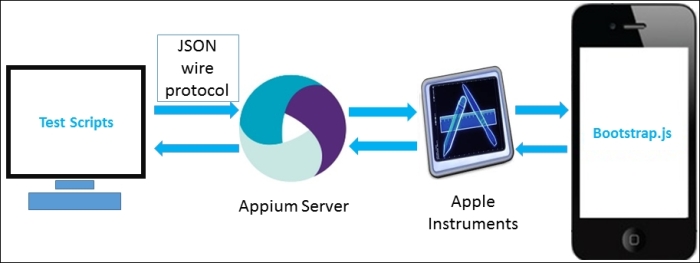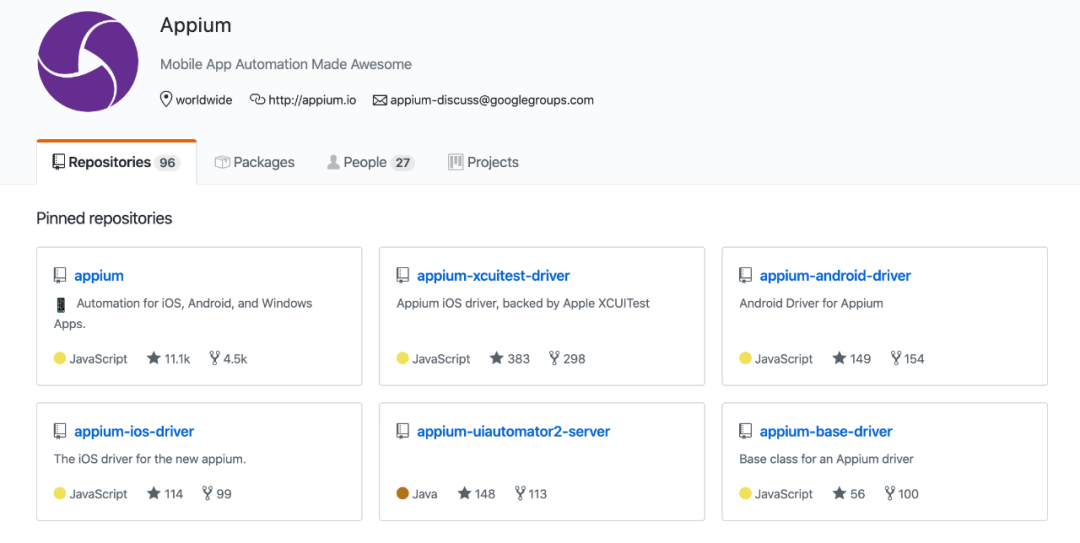
When it comes to these standard capabilities, there are no breaking changes. (You can check out the others at the full list of official capabilities). The standard, official capabilities you're probably most familiar with could be the following: The spec defines 9 official capabilities, many of which aren't used very frequently in Appium. With Appium 2.0, the Appium server will enforce strict compability with the W3C WebDriver specification when it comes to Capabilities. Improve the Appium testing experience with HeadSpin.

Depending on your Appium client, you define capabilities in a variety of ways, either using capability enum objects or strings (as in Java) or by constructing a dict (as in Python).

They come in key/value pairs, (for example, platformName which allows you to specify which platform you want to automate, whether that is iOS, Android, Mac, Windows, etc.). "Capabilities" (formerly known as "desired capabilities") are the parameters you use to start an Appium session. The topic of discussion for this article is capability prefixes. This article is the first in an ongoing series that will attempt to walk you through all these changes. Read: Appium for Mobile Testing Infrastructure Setup Apart from the differences in how you make platform drivers available to your Appium install, there will be a number of other (mostly minor) breaking changes you need to be aware of once you start migrating your Appium 1.x scripts to Appium 2.x. If you haven't yet gotten the Appium 2.0 beta, you can read the Appium Pro article on installing Appium 2.0 and Appium 2.0 drivers to get started. Appium 2.0 is almost here! Most of the foundational work has been done, and it has been in beta for some time now.


 0 kommentar(er)
0 kommentar(er)
